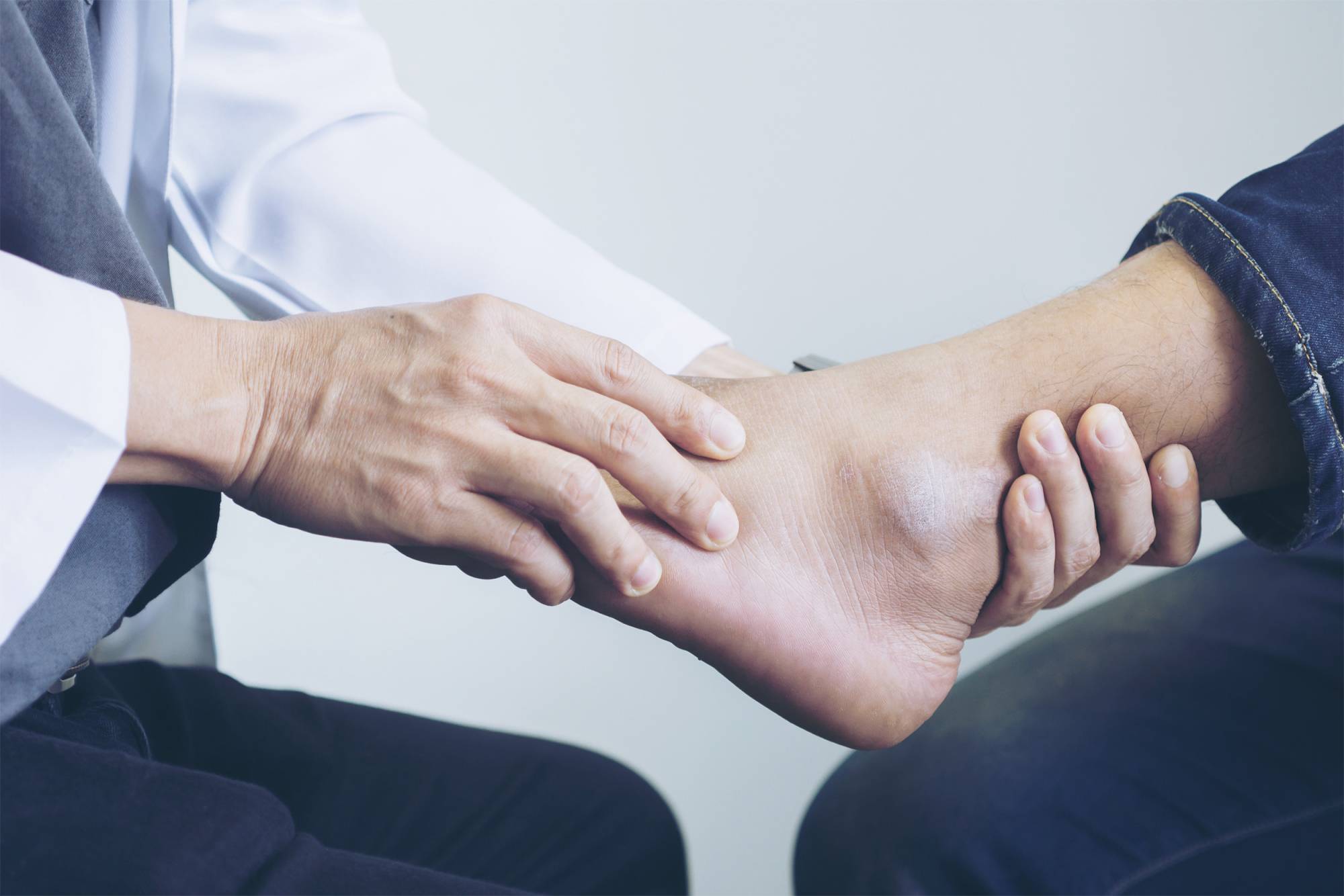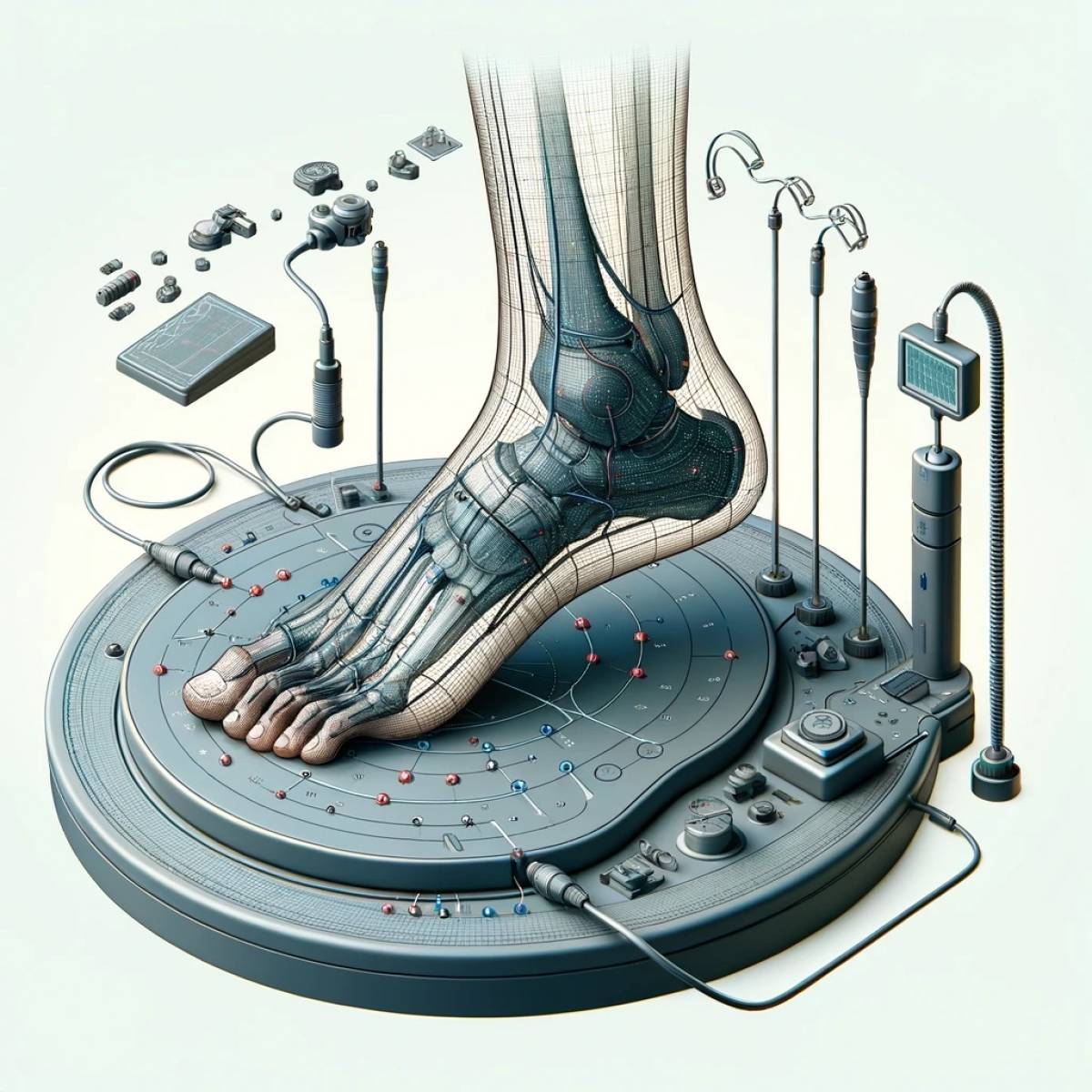- Accueil
- Chirurgie du pied
- Aponévrosite plantaire
- Understanding the Effects of Partial or Total Plantar Fascia Release
Understanding the Effects of Partial or Total Plantar Fascia Release
Partial or total plantar fascia release may relieve metatarsal and calcaneal stresses and the painful heel syndromes of plantar fasciitis. However, reduction of plantar fascia stiffness may significantly impact arch stability, resulting in a more deformable longitudinal arch and a pronated foot. Moreover, the compensation by the plantar ligaments may lead to tensile failure of the spring, long, and short plantar ligaments, which are the most longitudinally aligned.
The long-term effects of increased strains of intrinsic ligaments cannot be predicted, but it is speculated that the involved plantar ligamentous structures may remodel with increased laxity, leading to further degradation of arch stability. This can cause increased straining of the plantar ligaments and stresses at the inferior plantar ligaments attachment area on the cuboid, potentially resulting in focal stress failure and subsequent lateral midfoot pain. The currently observed postoperative lateral foot pain syndrome after fasciotomy supports this prediction.
Postoperative Complications and Nonoperative Treatments
The postoperative complications, such as acute plantar fasciitis, midfoot syndrome, and metatarsal stress fractures, may be more painful than the initial heel pain. Therefore, nonoperative treatments like stretching programs and orthoses are recommended first to preserve the normal biomechanics of the ankle-foot complex. If operative release of the fascia is necessary, a partial release is advocated due to its smaller straining effect on the plantar ligaments and joint capsules, which may reduce the risk of postoperative midfoot syndrome.
Impact of Plantar Fascia Release on Foot Biomechanics
The developed model represented a normal arch configuration while the effects of varying plantar fascia stiffness were individualized with different foot structures. From the Finite Element (FE) predictions and other experimental findings, operative release of the plantar fascia alters the normal foot biomechanics by increasing longitudinal arch instability and straining surrounding ligaments and joint capsules, potentially leading to postoperative foot pain.
Moreover, sectioning of the plantar fascia led to a pronounced reduction of arch height during load-bearing but did not necessarily result in total collapse of the foot arch. The intact fascia sustains about 43% of the applied load, underlining its role as a major stabilizer of the longitudinal arch of the foot. With laceration or resection of this structure, other ligamentous structures must contribute to this stabilizing role.
Conclusions and Recommendations
The increase in metatarsal stress after plantar fascia release may be related to postoperative stress fracture. Therefore, the advantage of operative treatment to relieve focal stress at the calcaneal insertion and heel pain may be outweighed by its adverse biomechanical consequences, such as longitudinal arch instability and lateral midfoot pain. Operative treatment for plantar fasciitis should only be considered as a final resort when conservative treatment fails. If fasciotomy is necessary, a partial release of less than 40% of the fascia is recommended to minimize adverse effects.


 Prendre rendez-vous
Prendre rendez-vous
